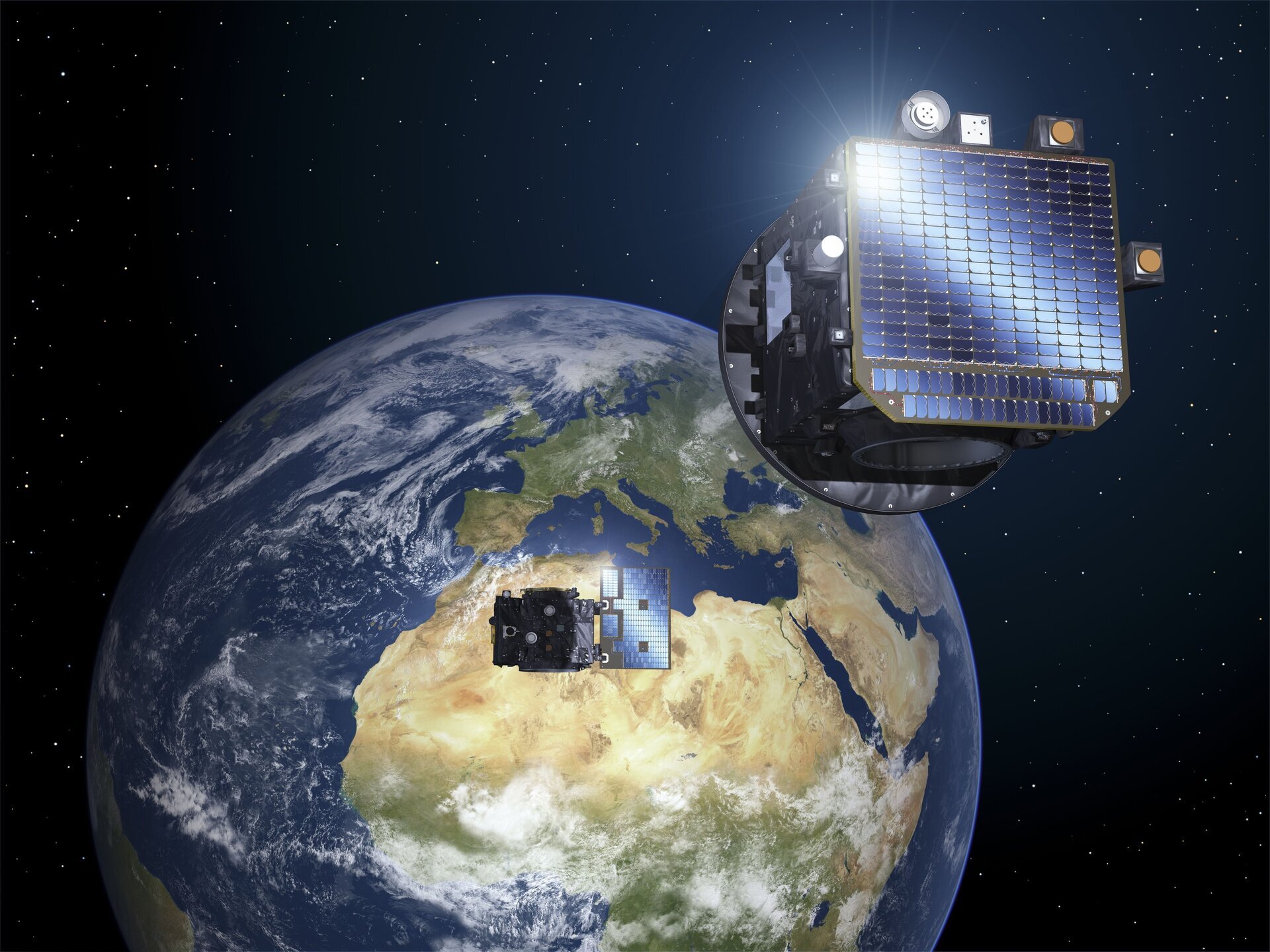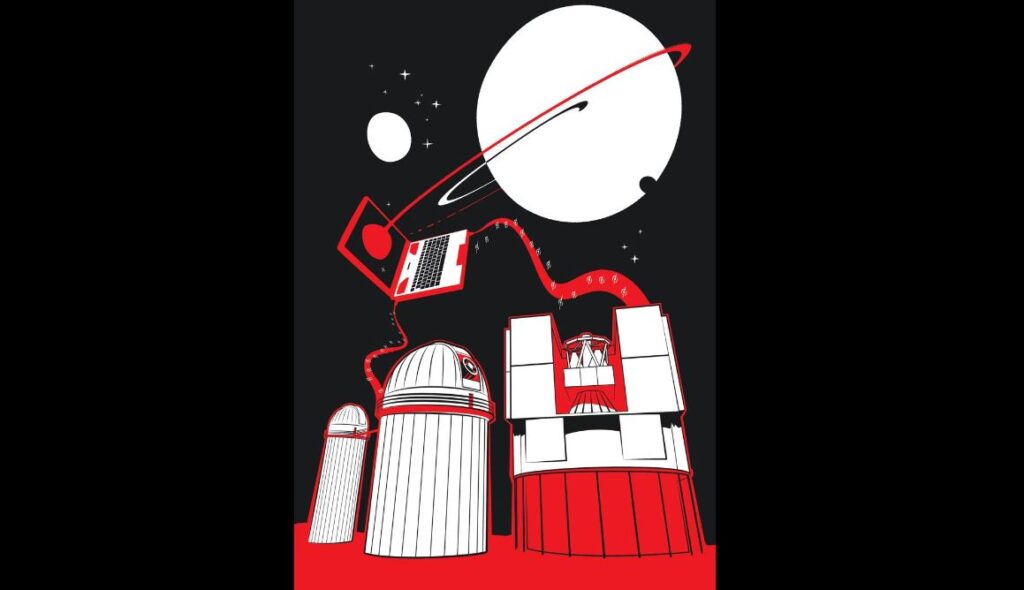
Through exquisite, millimeter-scale, formation flying, the dual satellites making up ESA’s Proba-3 will accomplish what was previously a space mission impossible: Cast a precisely held shadow from one platform to the other, in the process blocking out the fiery sun to observe its ghostly surrounding atmosphere on a prolonged basis.
Ahead of the Proba-3 pair launching together later this year, the scientists who will make use of Proba-3 observations were able to see the satellites with their own eyes...
Read More









Recent Comments